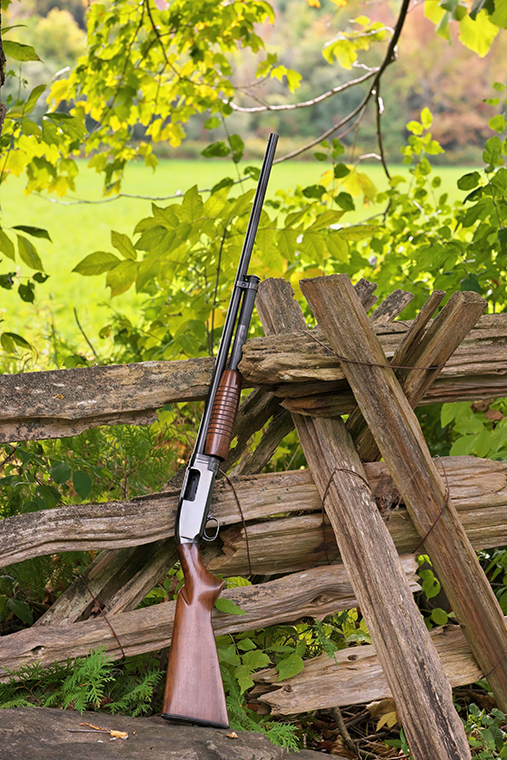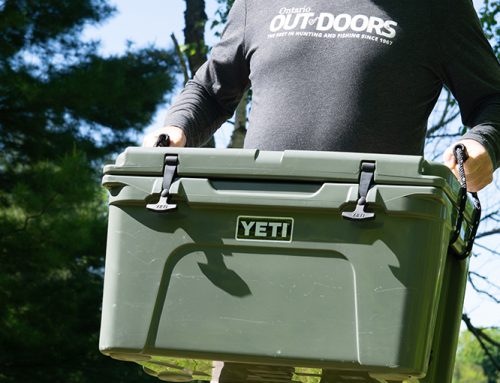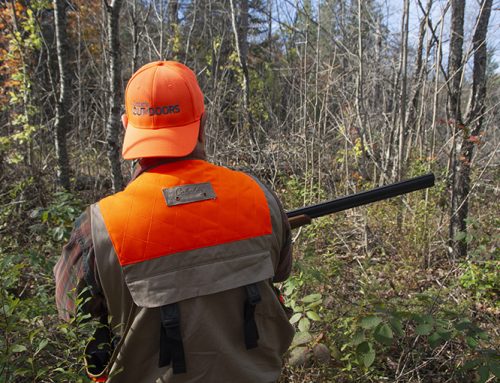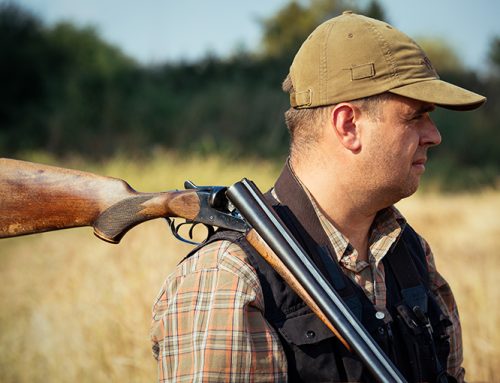
When I started hunting, many of my neighbours sported 16-gauge Winchester Model 12 pumps. I envied their slender and graceful “perfect repeaters,” so I bought the Model 12’s replacement — a Model 2200— the Canadian version of the 1200. It’s a serviceable gun, but bears little resemblance to its legendary namesake.
Made: Aug. 1912 to May 1964; limited production by Winchester custom shop, US Repeating Arms, and Miruko 1964-2006
Variants: Standard, Pigeon, Trap, Black Diamond Trap, Skeet, Tournament, Heavy Duck, Featherweight, Trench, Riot, Super Field; 12-28 gauge. Also Model 42 (.410), Model 25 (12), Y Series, and Browning Model 12 and 42.
Production: More than 2 million, mostly pre-1964
Original price: 1912, Model 1912 20-gauge: $30 US
Current value: Used Standard 12, 12-16 gauge: $250-500; Model 25: $225-300; Model 42: $1,400+
Winchester Model 12 design
John Browning influenced the Model 12’s design. His first shotgun, the lever-action Model 1887, reflected Winchester’s brand. His second, the Model 1893, became the first commercially successful pump-action shotgun. His further-refined Model 1897 featured a bottom-loading long magazine, corn-cob style forend, exposed hammer, and takedown barrel. It was Browning’s last shotgun design for Winchester.
More than a decade later, designer Thomas Crossley Johnson unveiled Winchester’s 20-gauge Model 1912. In addition to 1897 components, it also introduced innovations like an internal hammer, redesigned receiver, and hinged flap loading carrier. Twelve and 16-gauge versions quickly followed. During the First World War, Winchester converted both the 1912 and 1897 into dreaded Trench guns. When post-war commercial production resumed, they relaunched the 1912 as the Model 12.
Unfortunately, by January 1931, Winchester Repeating Arms was bankrupt and in receivership. Olin Industries, owners of the Western Cartridge Company, bailed them out. Avid duck hunters, the Olin family aligned their shotgun shell innovations with Winchester’s shotguns.
They launched their new .410 three-inch shells with Winchester’s new Model 42, a .410 version of the Model 12. In 1935, they unveiled the Model 12 Heavy Duck to complement their 12-gauge three-inch Magnum. Despite impressive Second World War production, Winchester continued to forge, machine, and “file to fit” their guns, unlike their arch rival, Remington, which embraced mass production innovations.
Model 12’s fate sealed
Remington’s 1950 launch of its Model 870 sealed the Model 12’s fate.
Winchester resisted throughout the 1950s. It briefly produced the Model 25, a no frills/no takedown 12-gauge version, the Featherweight Model 12, in field grade, with a plain, simpler-to-remove barrel, as well as a high-end Super Field Grade. It could not compete with the 870, however. In 1964 Winchester replaced the Model 12 with the Model 1200, 120, and later 1300 and SXP versions with their cheaper alloyed frames, cast parts, pressed chequering, and stamped engraving.
Fortunately, Winchester’s Custom Shop continued to make “Y” series Model 12s. Years later, Browning unveiled Miruko-made 20 and 28-gauge Model 12s and .410 Model 42s. So, there are plenty of Model 12s out there…
Originally published in the July 2023 edition of Ontario OUT of DOORS






I have a model 12 in nickel steel that is in great shape ! Shot a lot of trap with that gun.
And a model 97 that was custom finished to a trap gun with a rib ! it is mint.
Love these long guns